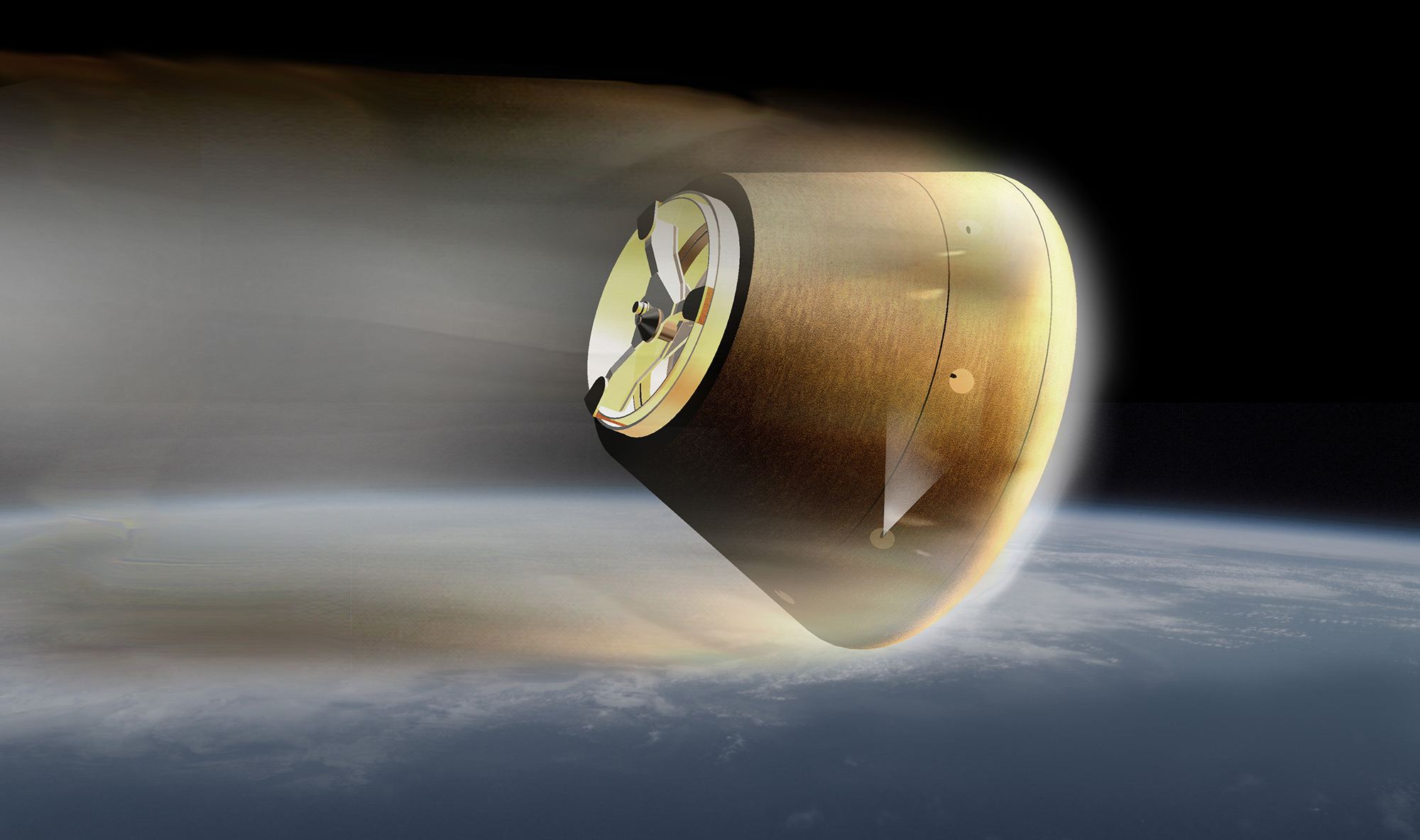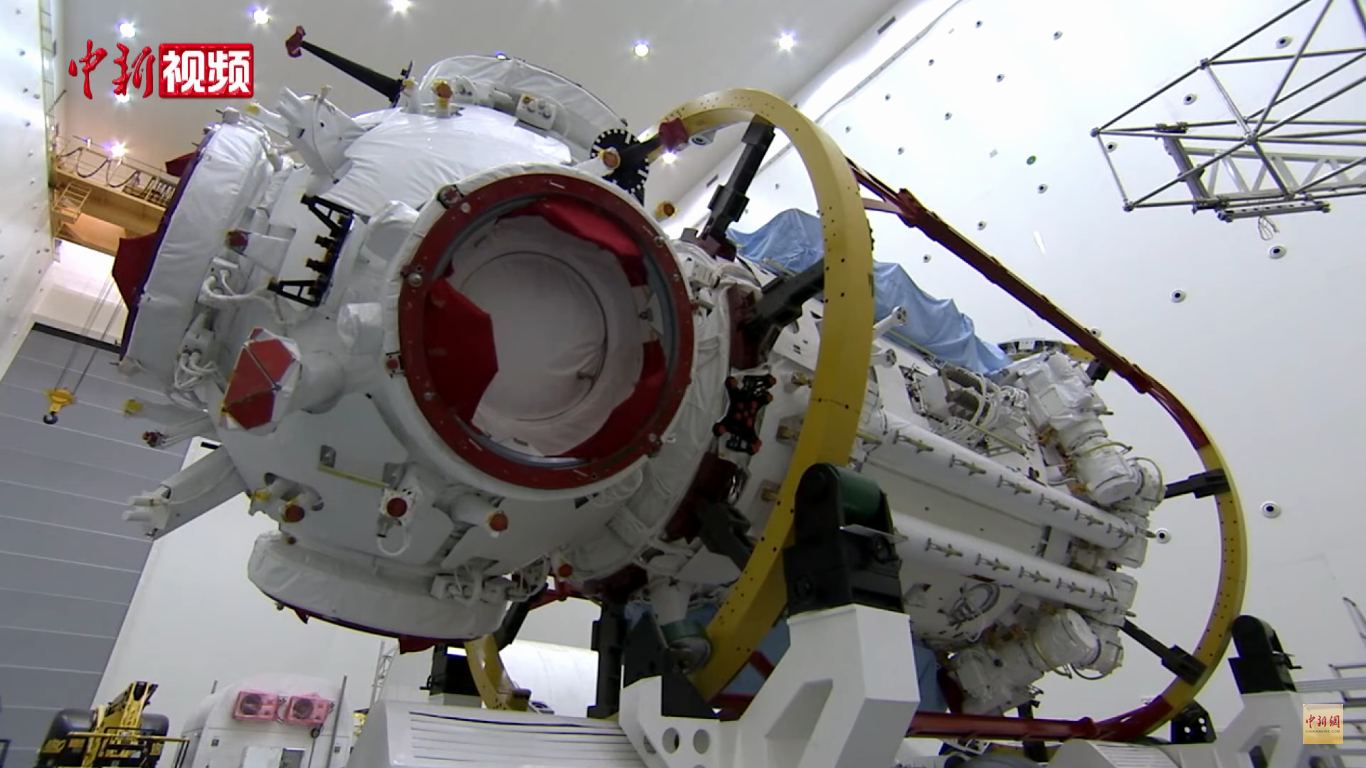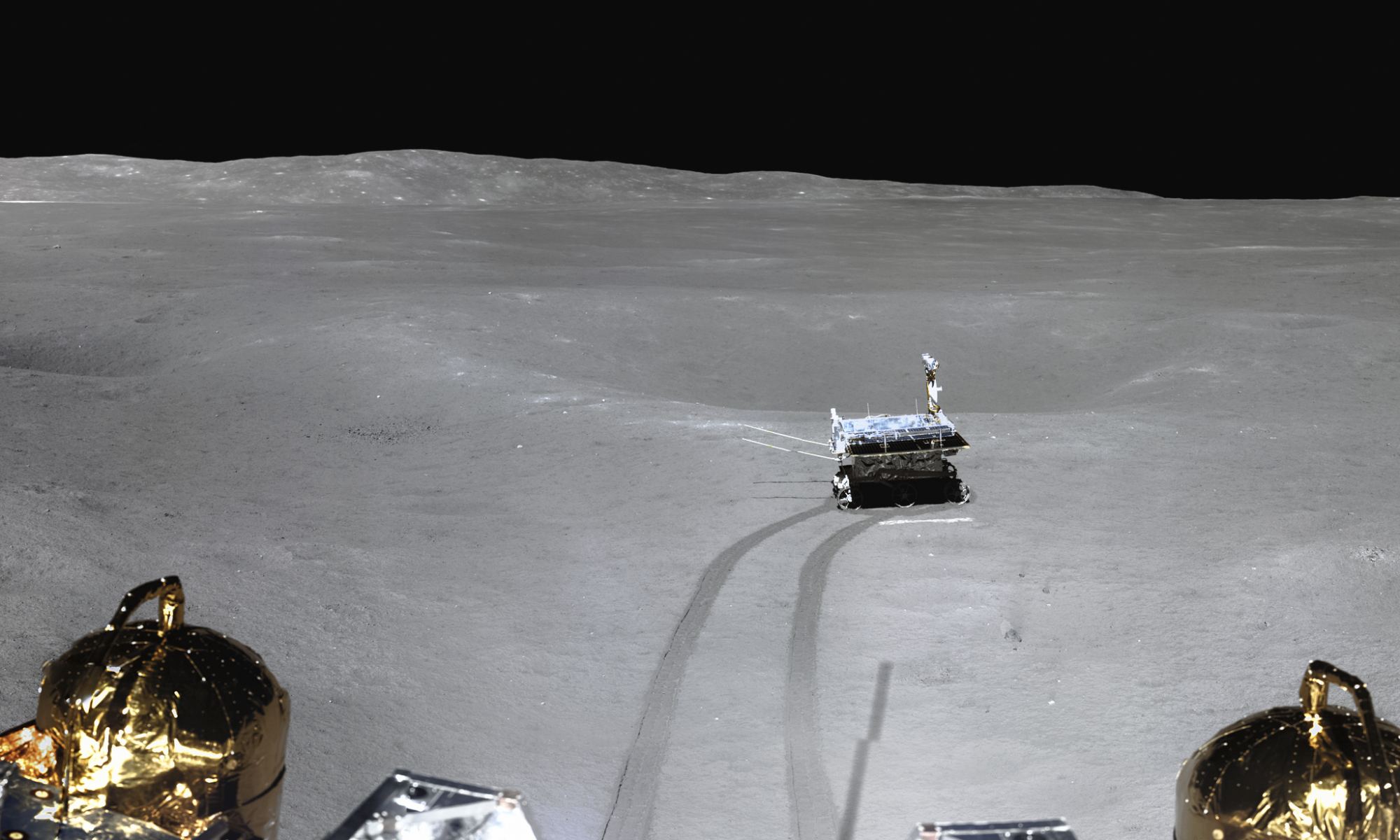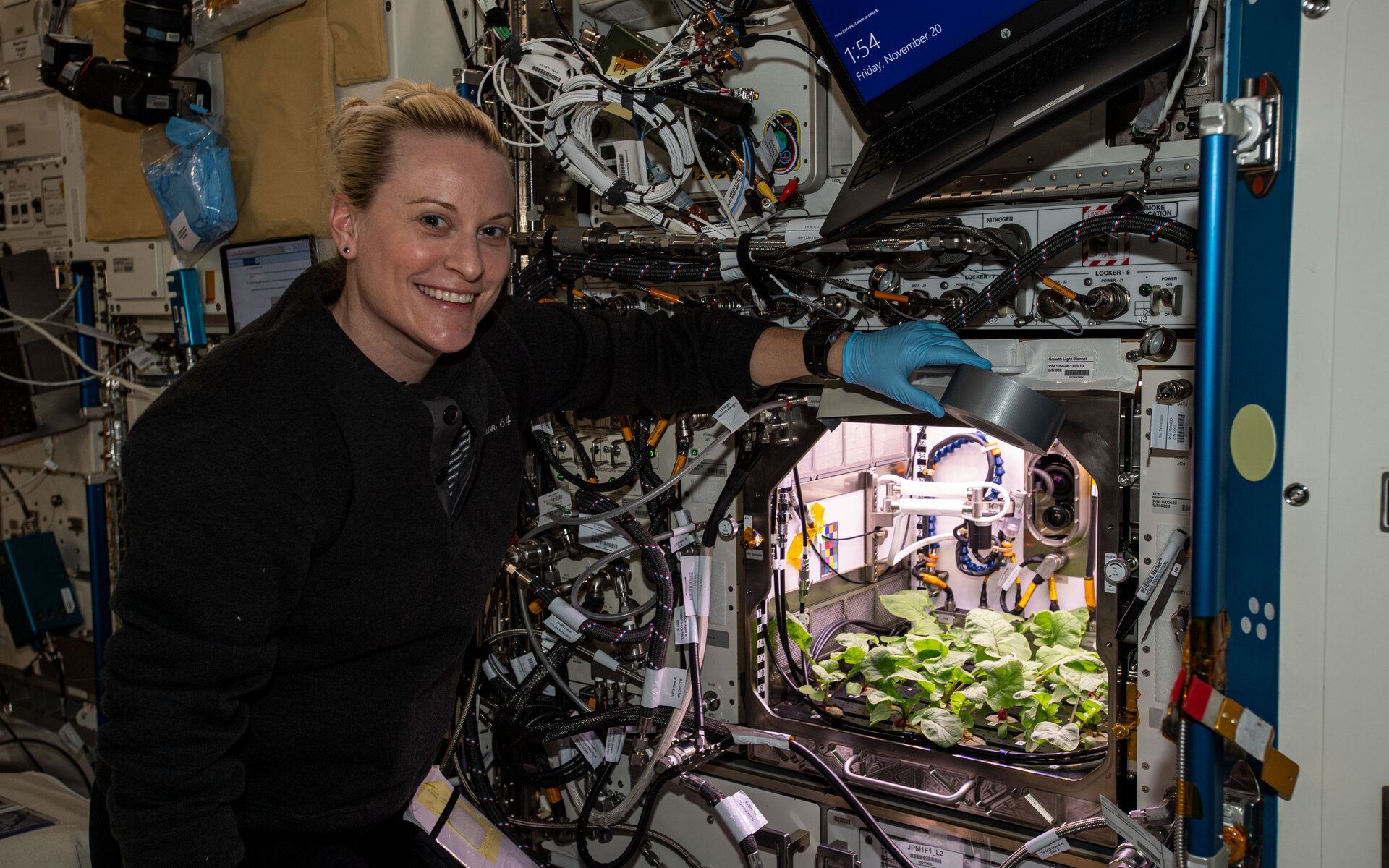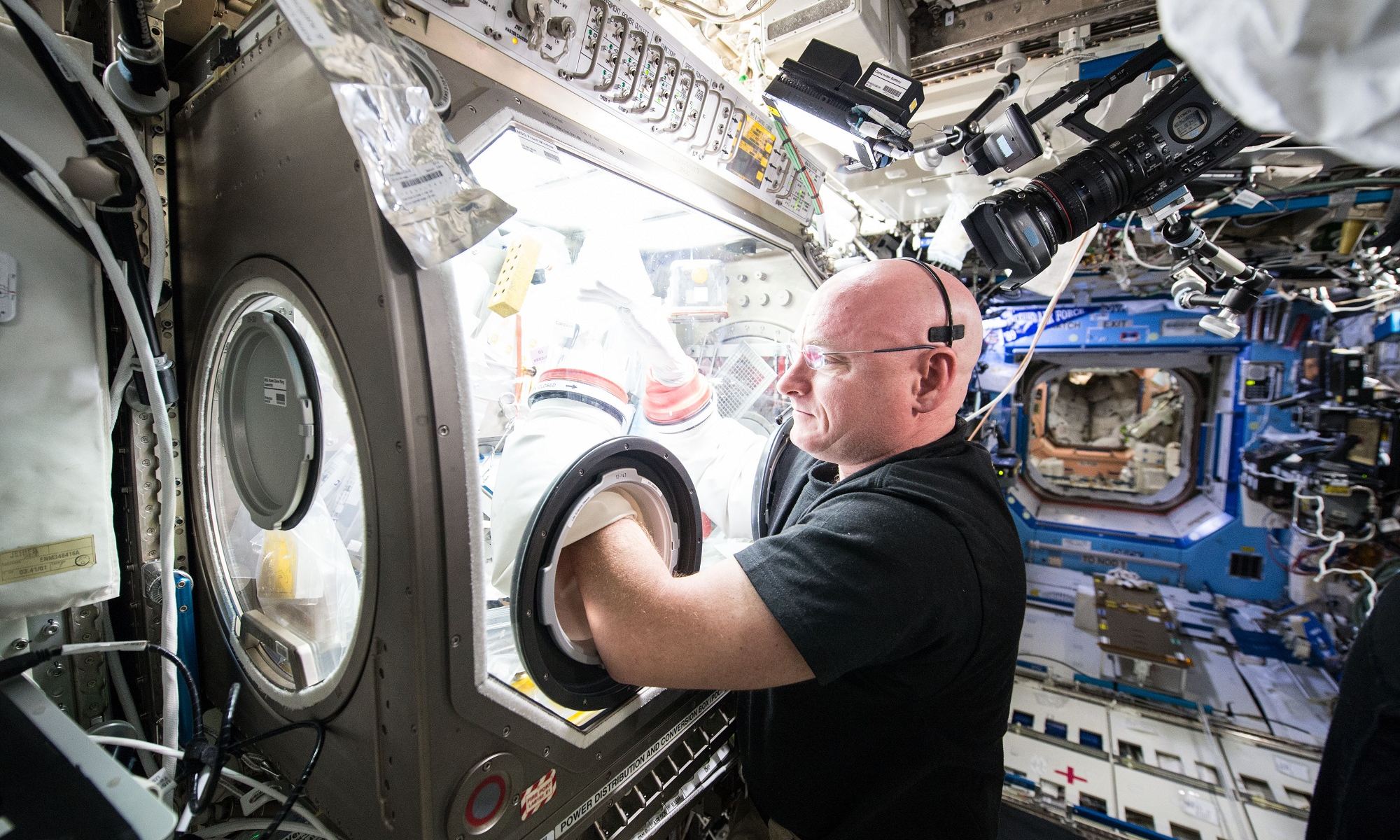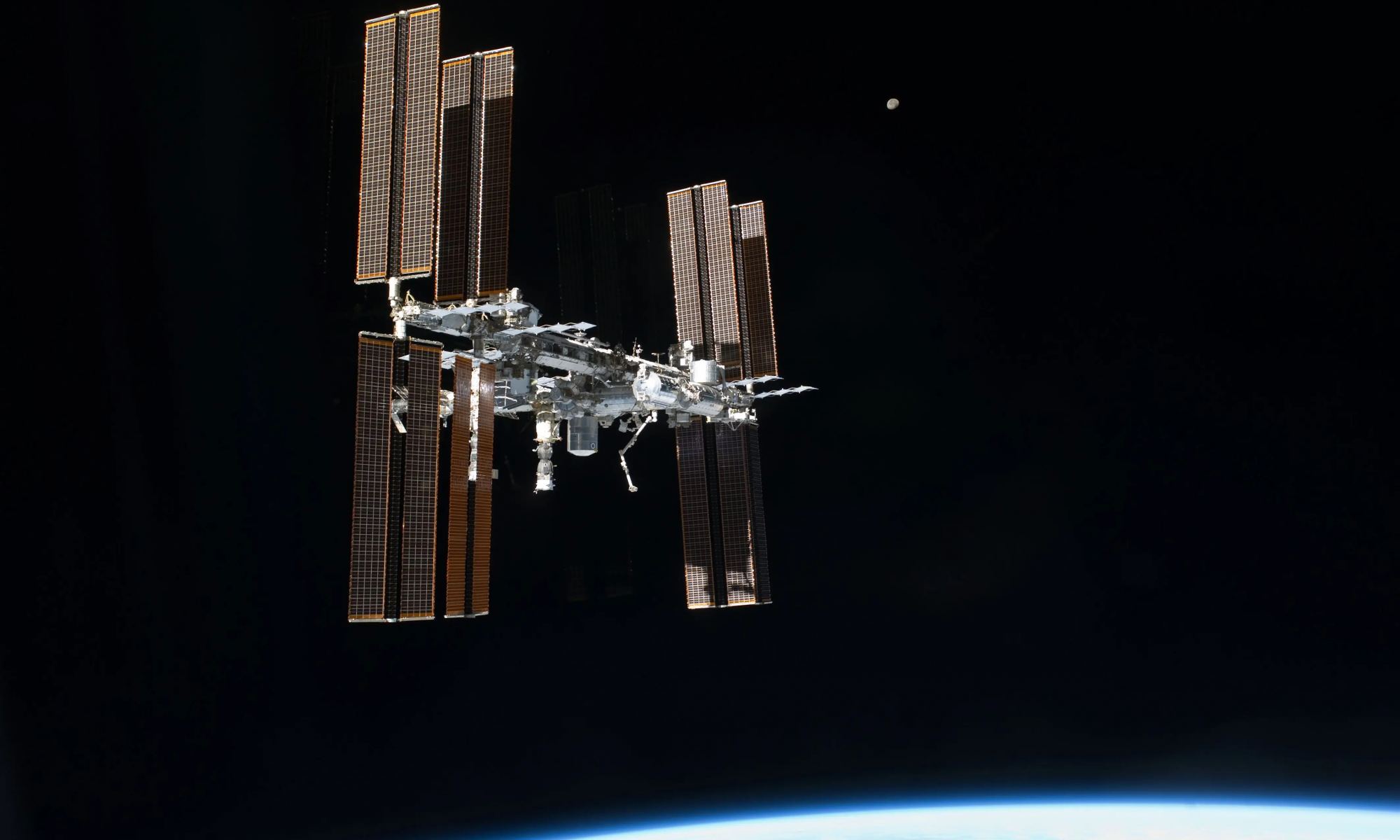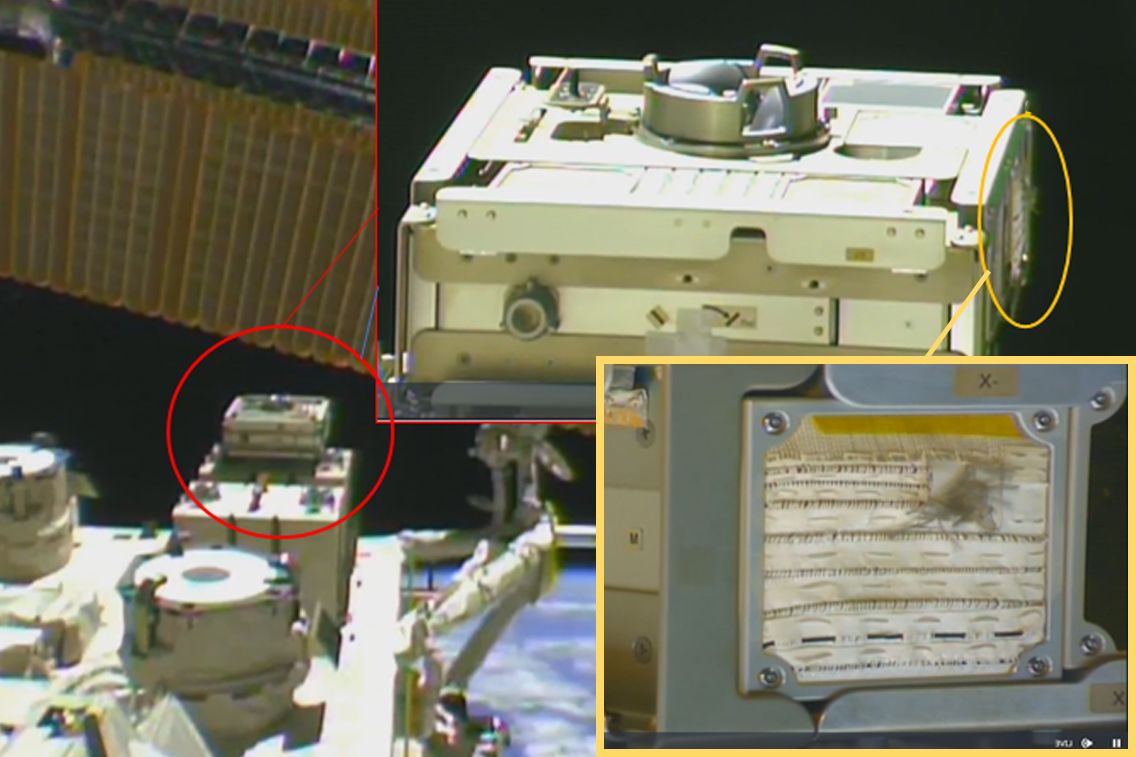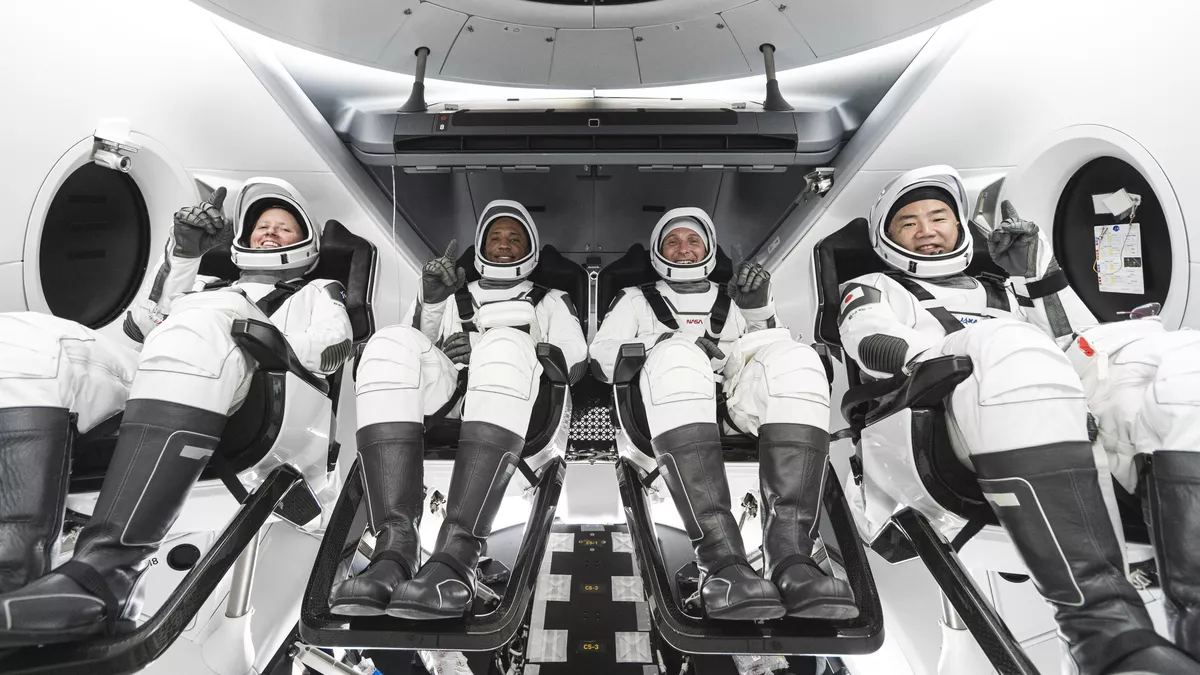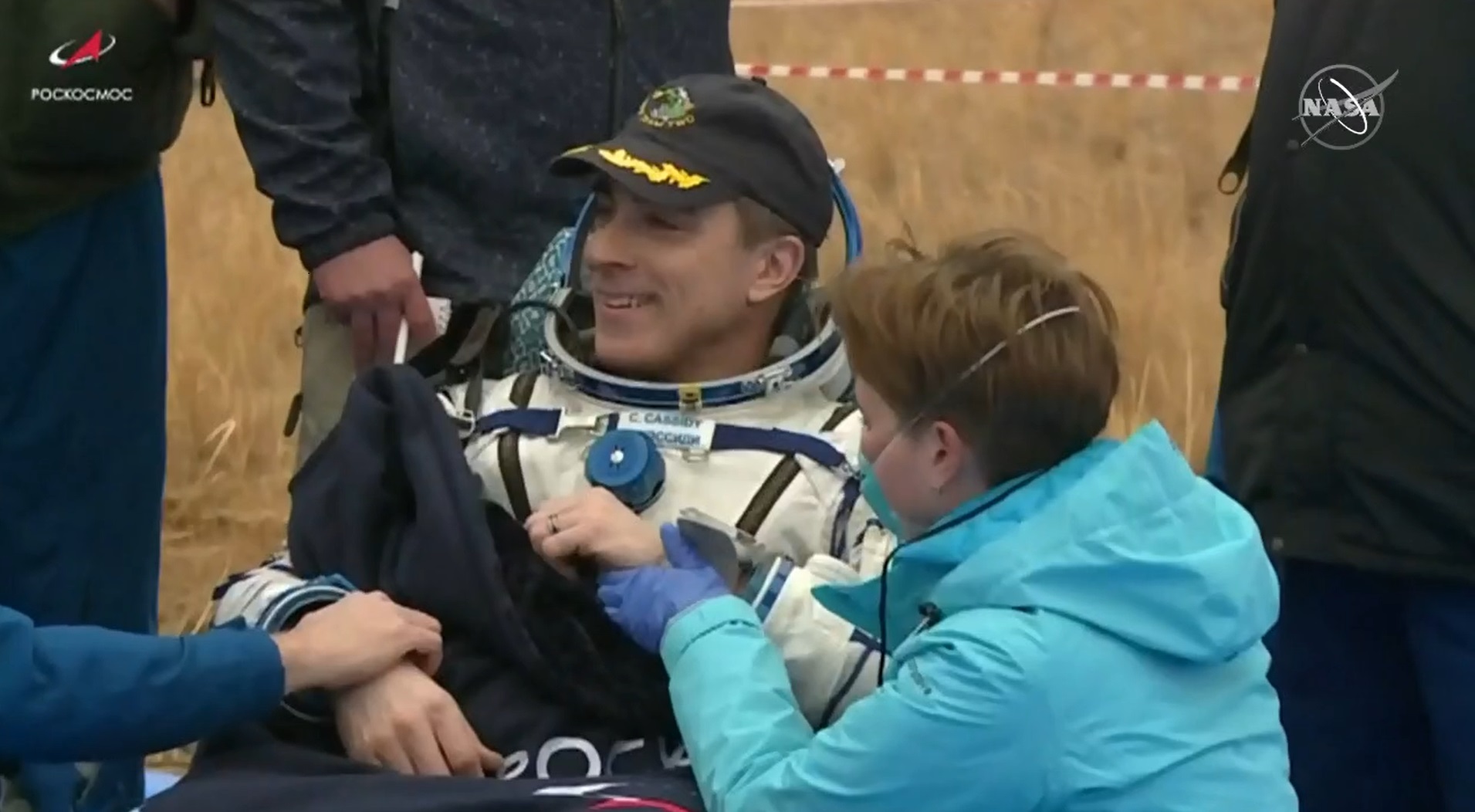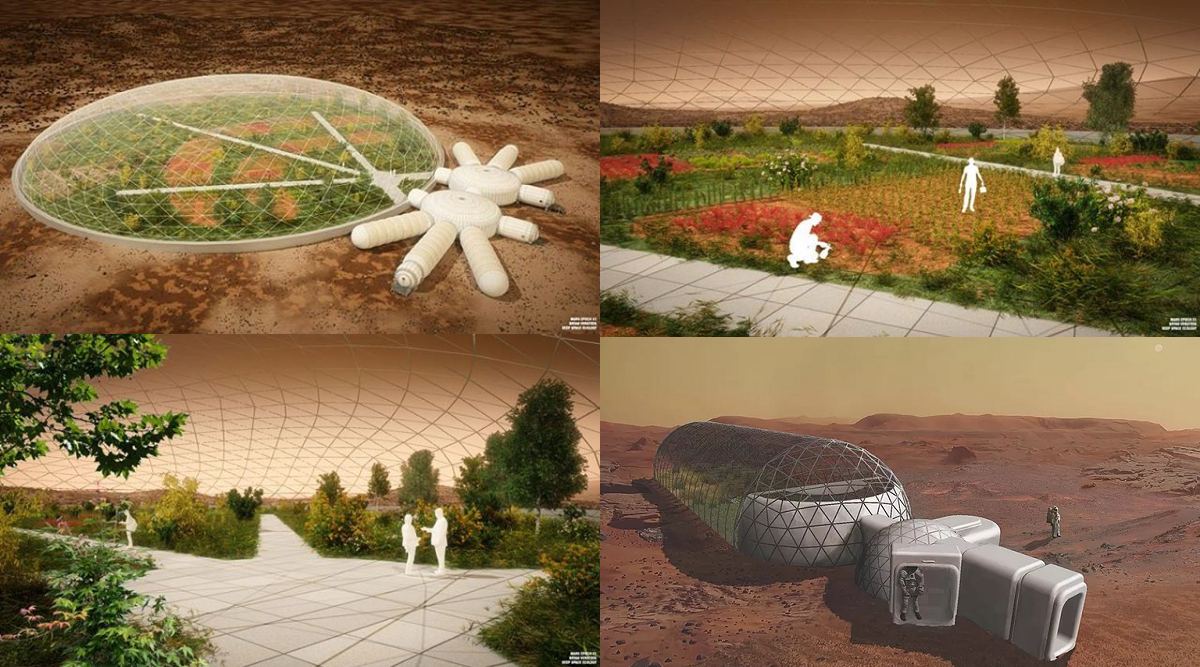The International Space Station (ISS) is not only the largest and most sophisticated orbiting research facility ever built, it is arguably the most important research facility we have. With its cutting-edge facilities and microgravity environment, the ISS is able to conduct lucrative experiments that are leading to advances in astrobiology, astronomy, medicine, biology, space weather and meteorology, and materials science.
Unfortunately, the cost of transporting experiments to and from the ISS is rather expensive and something only a handful of space agencies are currently able to do. To address this, the Japanese Aerospace Exploration Agency (JAXA) and Tiger Corporation partnered in 2018 to create a new type of container that would cut the cost of returning samples to Earth. With the success of their initial design, JAXA and Tiger are looking to create a reusable version that will allow for regular sample returns from the ISS.
Continue reading “JAXA Using Water Bottle Technology for Sample-Return Missions From the ISS”
